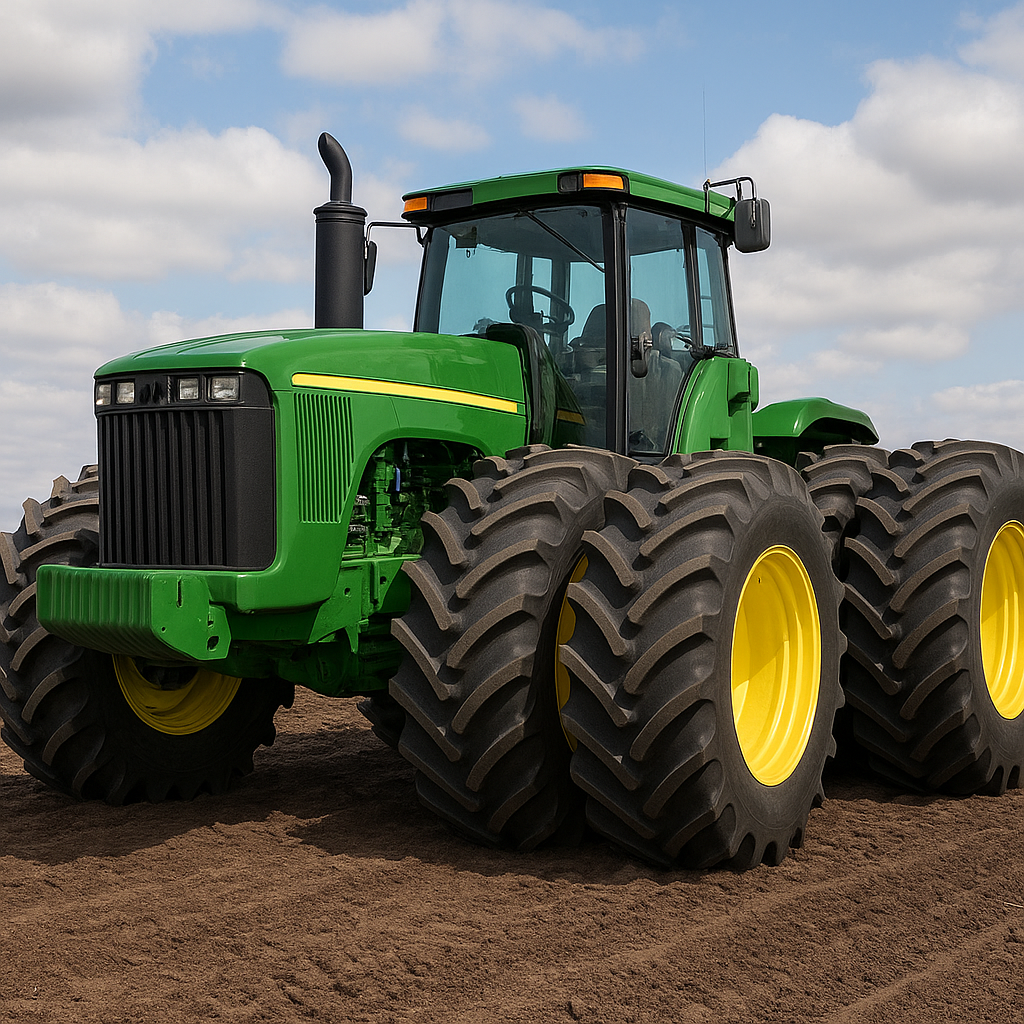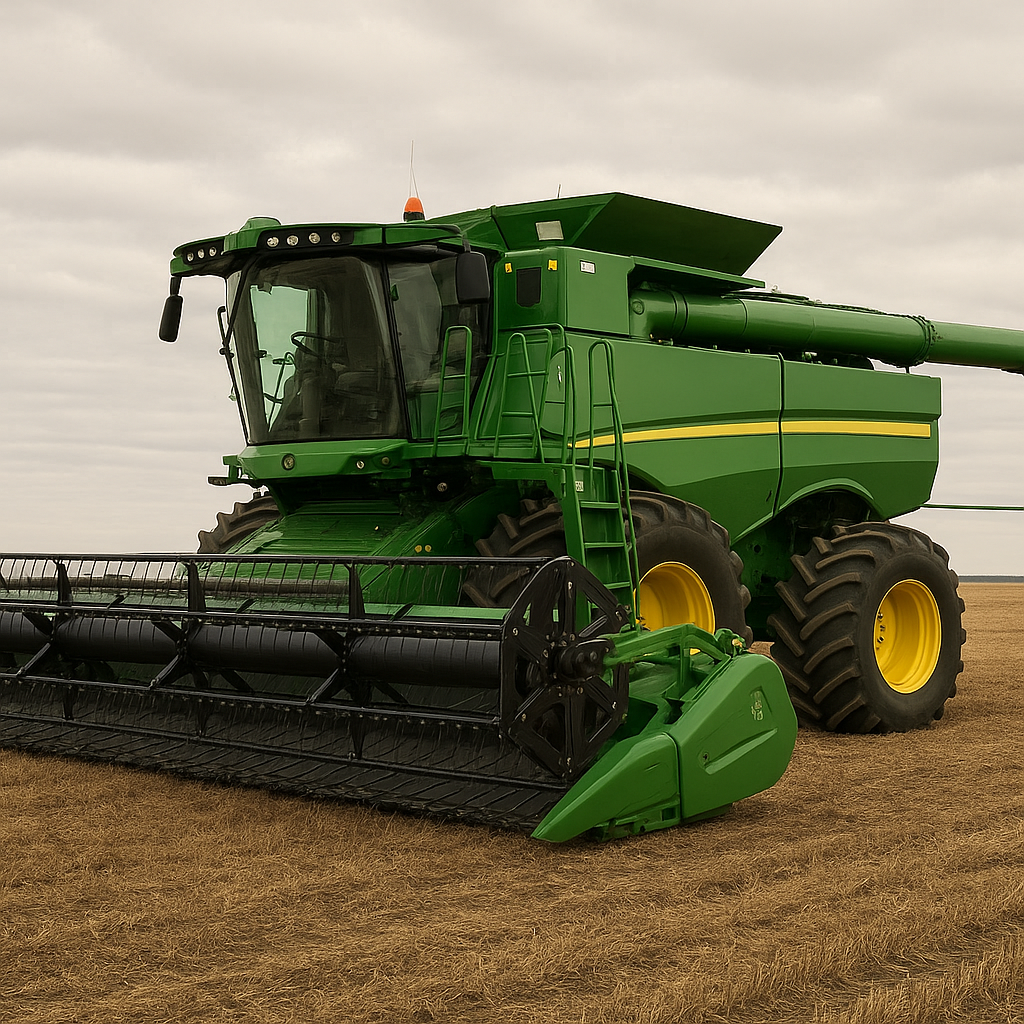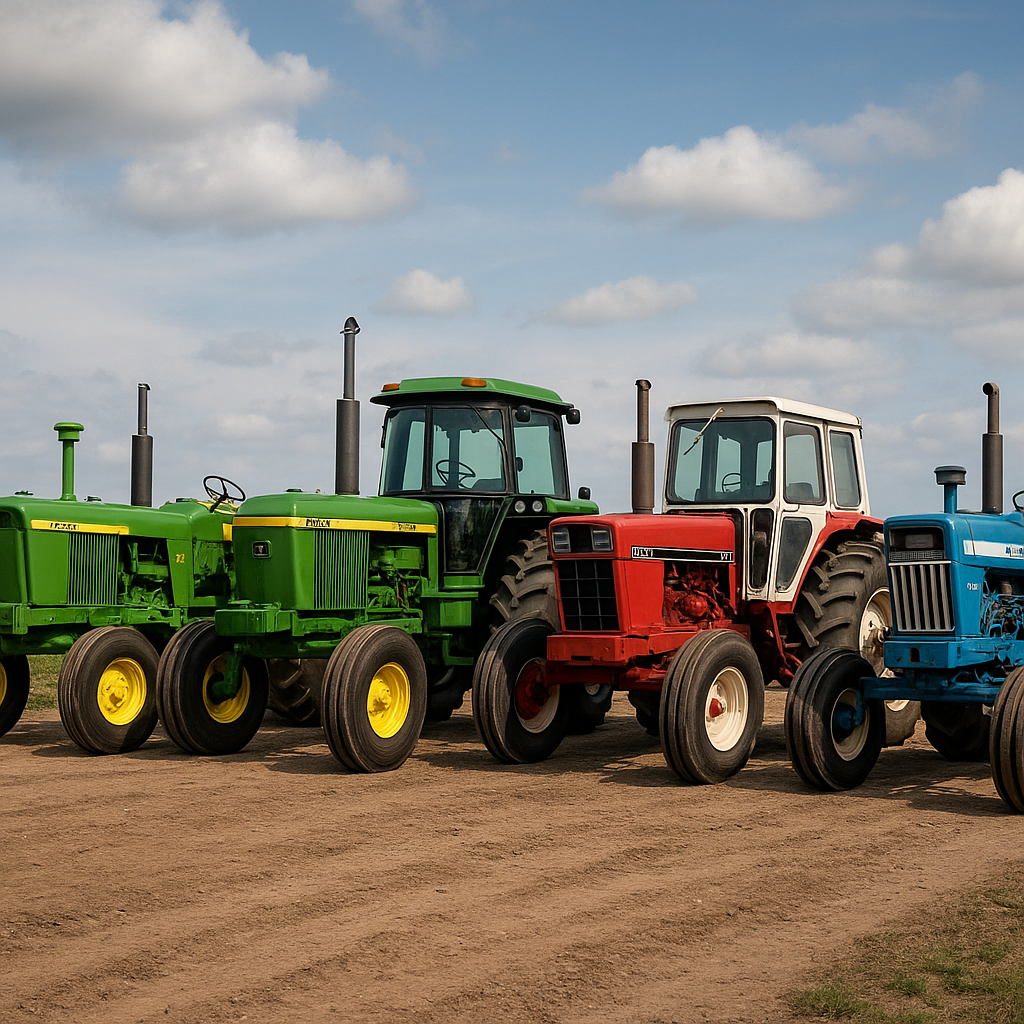Rice tractors are specialized machines designed to operate efficiently in wet and muddy fields, which are common in rice cultivation. These tractors are engineered to handle the unique challenges posed by rice paddies, ensuring that farmers can plant, maintain, and harvest their crops with minimal disruption. In this article, we will explore the features that make rice tractors distinct, as well as some of the most notable models available on the market today.
Design and Features of Rice Tractors
Rice tractors are distinct from conventional tractors in several key ways. One of the most significant differences is their ability to operate in waterlogged conditions. Traditional tractors would struggle in such environments, but rice tractors are equipped with specialized tires or tracks that provide better traction and stability in muddy fields.
Tracks vs. Tires
One of the primary considerations when choosing a rice tractor is whether to opt for a model with tracks or tires. Tracked rice tractors are often preferred for their superior traction and ability to distribute weight more evenly, reducing the risk of getting stuck in the mud. These tracks are usually made from rubber or a combination of rubber and metal, providing durability and flexibility.
On the other hand, rice tractors with specialized tires are designed to offer a balance between traction and maneuverability. These tires are often wider and have deeper treads compared to those on conventional tractors, allowing them to grip the muddy surface more effectively. Some models even feature dual tires to further enhance stability.
Engine Power and Efficiency
Another critical aspect of rice tractors is their engine power. Given the challenging conditions in which they operate, these tractors need robust engines that can deliver consistent performance. Many modern rice tractors are equipped with turbocharged diesel engines that provide the necessary torque and horsepower to navigate through muddy fields.
Fuel efficiency is also a crucial factor, as rice farming can be labor-intensive and time-consuming. Advanced engine technologies, such as direct fuel injection and electronic control systems, help optimize fuel consumption, ensuring that farmers can work longer hours without frequent refueling.
Notable Models of Rice Tractors
Several manufacturers have developed specialized rice tractors that have become popular among farmers worldwide. Below, we highlight some of the most notable models and their unique features.
Kubota M7040SU
The Kubota M7040SU is a versatile rice tractor known for its reliability and performance. It features a 70-horsepower engine and a hydrostatic transmission, providing smooth and efficient operation. The tractor’s high ground clearance and wide tires make it ideal for navigating through muddy fields, while its ergonomic design ensures operator comfort during long hours of work.
Yanmar YT359
The Yanmar YT359 is another popular choice among rice farmers. This model boasts a 59-horsepower engine and a unique i-HMT (Integrated Hydro Mechanical Transmission) system that combines the benefits of both hydrostatic and mechanical transmissions. The YT359’s advanced control systems allow for precise operation, making it easier to manage tasks such as planting and harvesting in wet conditions.
John Deere 5075E
John Deere is a well-known name in the agricultural industry, and the 5075E model is a testament to the company’s commitment to quality. This rice tractor features a 75-horsepower engine and a PowrReverser transmission, which allows for seamless shifting between forward and reverse gears. The 5075E’s robust construction and advanced hydraulics make it a reliable choice for rice farming.
Technological Advancements in Rice Tractors
As technology continues to evolve, so too do the capabilities of rice tractors. Modern advancements have led to the development of features that enhance efficiency, productivity, and ease of use.
GPS and Precision Farming
One of the most significant technological advancements in rice tractors is the integration of GPS and precision farming systems. These technologies allow farmers to map their fields accurately, monitor crop health, and apply inputs such as water and fertilizers with pinpoint accuracy. By using GPS-guided systems, rice tractors can follow precise paths, reducing overlap and ensuring that every part of the field is adequately covered.
Autonomous Operation
Autonomous operation is another exciting development in the world of rice tractors. Some modern models are equipped with sensors and software that enable them to operate without human intervention. These autonomous tractors can perform tasks such as plowing, planting, and harvesting with minimal supervision, freeing up farmers to focus on other aspects of their operations.
Telematics and Remote Monitoring
Telematics systems have also become increasingly common in rice tractors. These systems allow farmers to monitor their equipment remotely, providing real-time data on performance, fuel consumption, and maintenance needs. By using telematics, farmers can ensure that their tractors are operating at peak efficiency and address any issues before they become significant problems.
Challenges and Future Prospects
While rice tractors have come a long way in terms of design and technology, there are still challenges that need to be addressed. One of the primary concerns is the cost of these specialized machines. Rice tractors can be expensive, making them inaccessible to small-scale farmers in some regions. Additionally, the maintenance and repair of these tractors can be costly, further adding to the financial burden.
However, the future looks promising for rice tractors. As technology continues to advance, we can expect to see more affordable and efficient models entering the market. Innovations such as electric and hybrid engines could also play a role in reducing operating costs and environmental impact. Furthermore, ongoing research into materials and design could lead to the development of even more robust and reliable rice tractors.
Conclusion
Rice tractors are indispensable tools for farmers working in wet and muddy fields. Their specialized design and advanced features enable them to handle the unique challenges of rice cultivation, ensuring that farmers can plant, maintain, and harvest their crops efficiently. As technology continues to evolve, we can expect to see even more innovative and effective rice tractors in the future, helping to drive productivity and sustainability in the agricultural sector.









